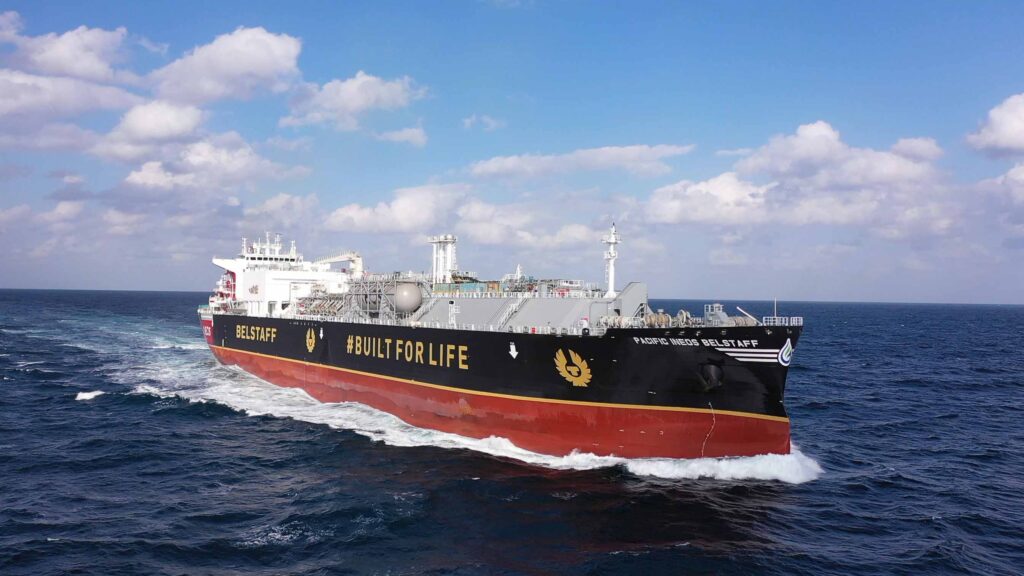- By TOP CHINA FREIGHT
- July 25, 2025
- Shipping
If you’re importing goods from China to the United Kingdom but don’t have enough volume to fill an entire container, LCL (Less than Container Load) shipping is the ideal solution. It allows you to share container space with other importers, cutting costs while maintaining flexibility.
This guide explains everything you need to know about LCL shipping from China to the UK, including timelines, costs, key ports, documents, taxes, and practical tips for a smooth import experience.

1.Common LCL Routes from China to the UK
LCL (Less than Container Load) shipping is a method where your cargo shares space in a container with goods from other shippers. Instead of paying for a full container (FCL), you pay only for the volume your goods occupy—measured in cubic meters (CBM).
2.Popular LCL Shipping Routes from China to Australia
| China Port | UK Port | Estimated Transit Time |
|---|---|---|
| Shanghai | Felixstowe | 30–35 days |
| Ningbo | Southampton | 28–34 days |
| Shenzhen | London Gateway | 27–33 days |
| Qingdao | Liverpool | 32–37 days |
| Xiamen | Tilbury | 30–36 days |
⏱ Transit time includes sailing + origin/export/customs processes,
3. Typical LCL Shipping Costs (China to UK)
| Cost Item | Description | Estimated Range (USD) |
|---|---|---|
| Ocean Freight | Based on CBM/weight | $35–$70 per CBM |
| Origin Charges (China) | Loading, warehousing, paperwork | $50–$120 |
| Destination Charges (UK) | Unloading, terminal handling, etc. | $100–$250 |
| UK Customs Clearance Fee | Paid to customs broker | $50–$80 |
| Import Duties & VAT (UK) | Based on product category and value | Varies |
| Freight Forwarder Fee | Optional service fee | $100–$200 |
🧾 For example: Shipping 2 CBM of textiles from Ningbo to Southampton may cost $350–$500 excluding VAT and duties.
4.Pros of LCL Shipping
| Advantage | Benefit |
|---|---|
| Cost-Saving | Pay only for space used—not the entire container. |
| Flexible Volume | Ship small loads without delays. |
| Regular Sailing | Weekly departures from major Chinese ports. |
| Scalable | Ideal for testing new products or new suppliers. |
5.Cons of LCL Shipping
| Drawback | Explanation |
|---|---|
| Longer Handling | Time needed for consolidation/deconsolidation adds delays. |
| Higher Damage Risk | Shared container means more handling and mixed cargo types. |
| Complex Fees | More charges at destination vs. full container (FCL). |
6.Key Documents Needed for LCL Shipping
| Document | Purpose |
|---|---|
| Commercial Invoice | Required for customs valuation and tax assessment. |
| Packing List | Shows details of cargo (dimensions, quantity, weight). |
| Bill of Lading (B/L) | Shipping document issued by carrier/freight forwarder. |
| Certificate of Origin | Needed for reduced duty under trade agreements. |
| UK Import Declaration | Submitted to HMRC for customs clearance. |
7.LCL Shipping Process from China to UK
- Pickup & Consolidation – Cargo picked up from your supplier and grouped at a warehouse.
- Export Clearance (China) – Forwarder handles export customs.
- Ocean Shipping – Cargo travels in shared container to UK.
- Arrival & Deconsolidation – Goods unpacked and sorted at UK warehouse.
- Customs Clearance – Broker submits documents and pays duties/VAT.
- Final Delivery – Cargo is delivered to your UK address or fulfillment center.
8.When to Choose LCL Over FCL?
| Choose LCL When… |
|---|
| Your cargo is less than 13–15 CBM |
| You’re testing a new product or supplier |
| You need a cost-effective shipping option |
| Your shipment isn’t time-sensitive |
Final Thoughts
LCL shipping from China to the UK offers flexibility and affordability for smaller shipments. It’s a smart solution for importers who don’t need a full container but want access to global markets.
Partnering with a professional freight forwarder ensures your cargo is handled properly—from pickup and documentation to customs clearance and final delivery in the UK.
Need a Shipping Quote?
Click below to get a free, no-obligation quote from TJ China Freight.
We’ll respond within 24 hours with the best shipping options for your cargo.
FAQ:
Q1: What is the minimum volume for LCL shipping?
Usually 1 CBM (Cubic Meter), but some forwarders accept smaller volumes.
Q2: Do I need a freight forwarder for LCL shipping?
Yes, a forwarder coordinates the entire process, from consolidation to delivery.
Q3:Are there hidden costs in LCL shipping?
Yes—destination handling charges, customs fees, and deconsolidation fees may apply. Always request a full quote.
Q4:Can Alibaba suppliers handle LCL shipping?
Many suppliers can arrange LCL shipping through their forwarders, but using your own forwarder offers more control.
Q5:Do I need to pay VAT and duty on LCL shipments?
Yes. The UK charges import duty (varies by product) and 20% VAT based on the CIF value. Customs must be cleared with HMRC before goods are released.
Q6:Does the UK have a free trade agreement with China?
No, the UK and China do not have a formal free trade agreement. Standard WTO tariffs and UK Global Tariff schedules apply unless your goods qualify under a specific trade program.
